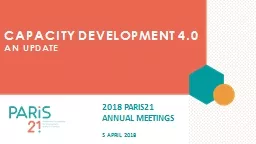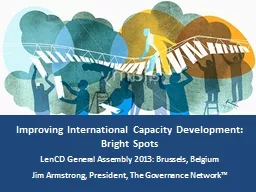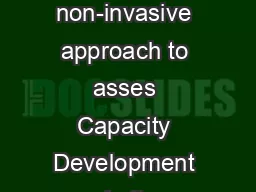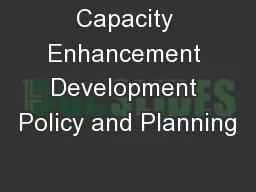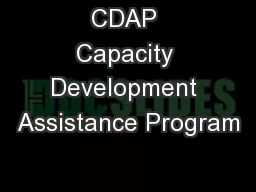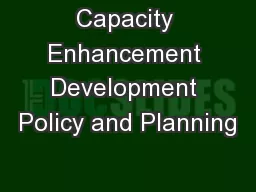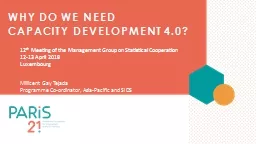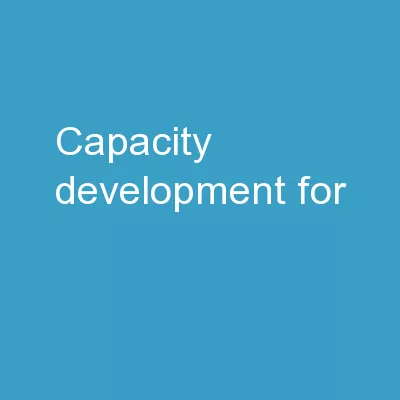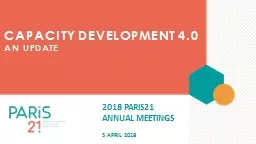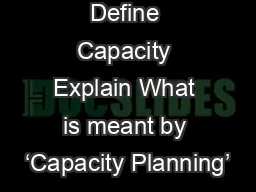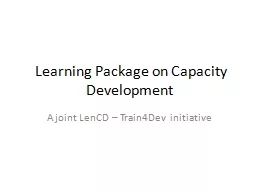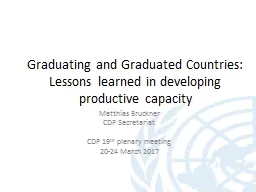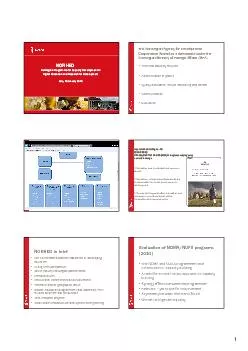PPT-Capacity development 4.0
Author : phoebe-click | Published Date : 2018-12-06
an update 2018 PARIS21 ANNUAL MEETINGS 5 APRIL 2018 Conceptual framework 1 Define Capacity Development 40 considering three levels Individuals Organisations System
Presentation Embed Code
Download Presentation
Download Presentation The PPT/PDF document "Capacity development 4.0" is the property of its rightful owner. Permission is granted to download and print the materials on this website for personal, non-commercial use only, and to display it on your personal computer provided you do not modify the materials and that you retain all copyright notices contained in the materials. By downloading content from our website, you accept the terms of this agreement.
Capacity development 4.0: Transcript
Download Rules Of Document
"Capacity development 4.0"The content belongs to its owner. You may download and print it for personal use, without modification, and keep all copyright notices. By downloading, you agree to these terms.
Related Documents

